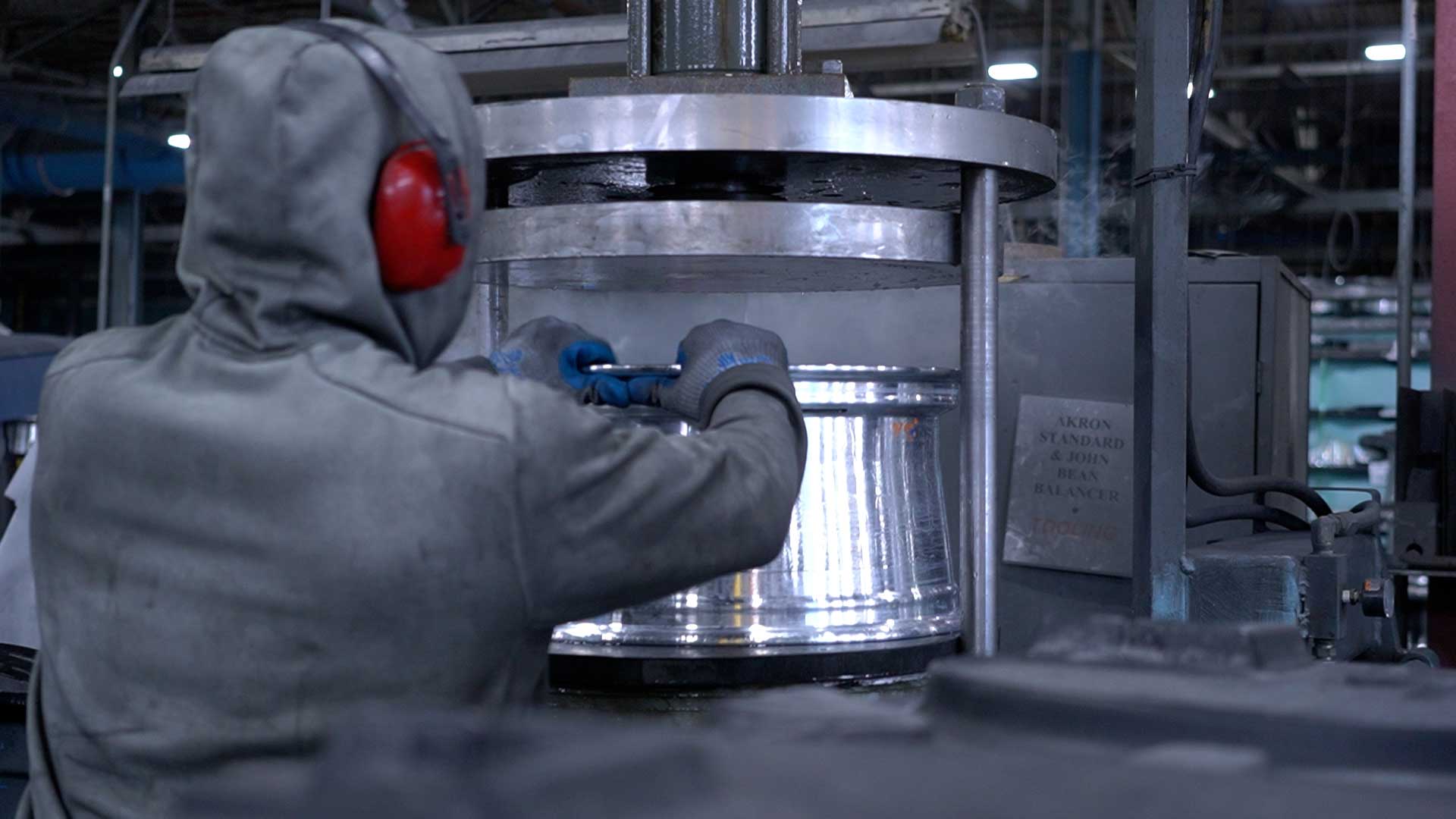Selecting the appropriate metal finish for your project is critical in the decisions that can significantly impact the appearance, durability and performance of your equipment or components. With various techniques, and types of metals available, making the right choice is essential to your goal. In this comprehensive guide, we’ll explore different metal finishing techniques, the types of metals commonly used and which projects and equipment can benefit most from each approach.

Metal Finishing Techniques
There are several metal finishing techniques to choose from, each offering unique benefits:
Plating: This involves depositing a layer of metal onto the surface of the base material. Common plating metals include chrome, nickel and gold. This technique adds durability, corrosion resistance and aesthetic appeal. It’s often used in automotive parts, jewelry and decorative items.
Anodizing: This is an electrolytic process that creates a protective oxide layer on the surface of aluminum. It enhances corrosion resistance and allows for various color options, making it sought after for aerospace components, architectural elements and consumer electronics.
Powder Coating: This involves applying a dry powder to a metal surface and then baking it to create a durable, attractive finish. It’s popular in industries like automotive, furniture and appliances due to its resistance to corrosion, chipping and fading.
Electropolishing: This is an electrochemical process that removes a thin layer of material from the surface, resulting in a smooth, reflective finish. It’s commonly used in the medical and pharmaceutical industries for stainless steel equipment due to its corrosion resistance and easy-to-clean surface.
Passivation: This is a chemical process used primarily with stainless steel to remove contaminants and enhance corrosion resistance. It’s essential for medical and food-processing equipment, as well as various industrial applications.
Types of Metals
The choice of metal is crucial in determining the finish’s characteristics and aesthetics:
Stainless Steel: Known for its corrosion resistance, stainless steel is an excellent choice for equipment used in healthcare, food processing and chemical industries. Electropolishing and passivation are common finishes for stainless steel.
Aluminum: Lightweight and versatile, aluminum is often anodized for architectural projects, aerospace components and consumer goods.
Brass and Copper: These metals are valued for their decorative appeal. Plating is a popular finish for brass and copper components in jewelry, home décor and musical instruments.
Steel: Steel can benefit from various finishes, including powder coating and plating, depending on the intended use. It’s widely used in automotive, construction and industrial applications.

Matching Metal Finishes to Specific Projects
Now, let’s explore which types of projects and equipment benefit most from specific metal finishing techniques:
Automotive Parts: Powder coating and plating are excellent choices for exterior parts, providing durability and aesthetics.
Medical Equipment: Stainless steel equipment can benefit from electropolishing and passivation to ensure hygiene and longevity.
Architectural Elements: Anodizing aluminum is ideal for architectural elements like façades, handrails and window frames due to its aesthetic appeal and corrosion resistance.
Consumer Electronics: Anodizing, plating and powder coating are common finishes for electronics enclosures, offering both protection and style.
Aerospace Components: Anodizing and passivation are crucial for aerospace components, ensuring corrosion resistance and precision.
In conclusion, choosing the right metal finish for your project involves considering the material, the intended use, and the desired aesthetics. Areway Metal Finishing offers a wide range of metal finishing services tailored to your specific needs. Contact us today to discuss your project, and let our expertise help you make the perfect choice for your metal finishing requirements.



 Powered by
Powered by